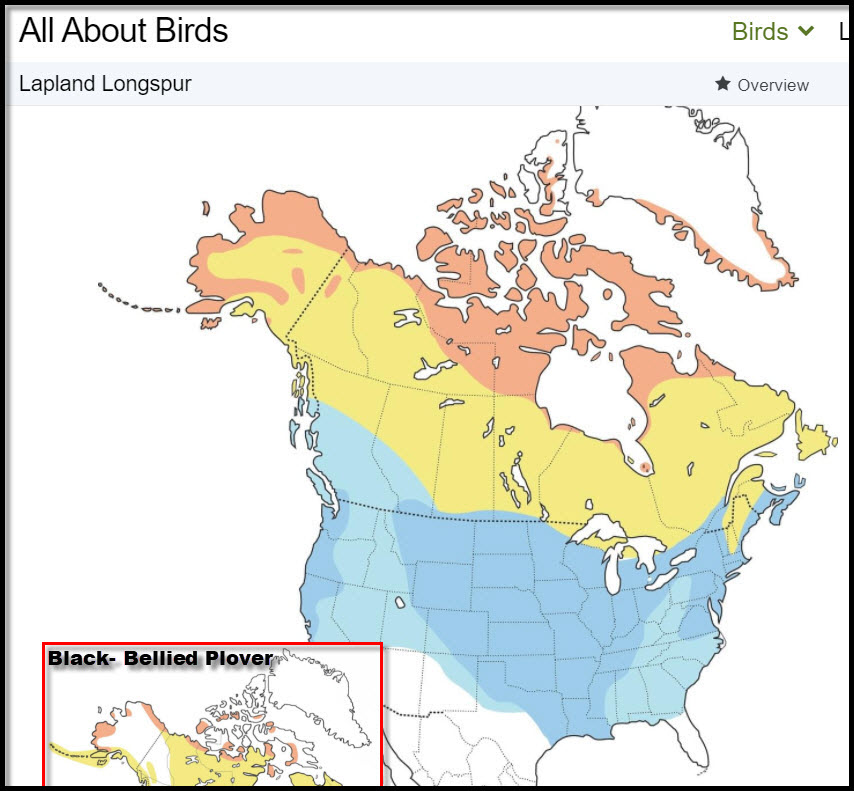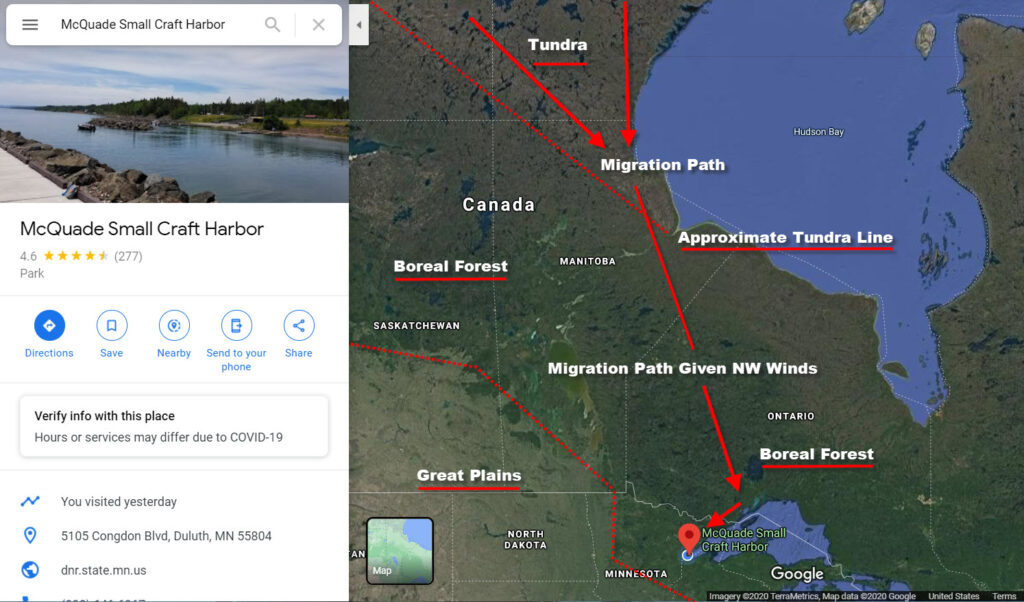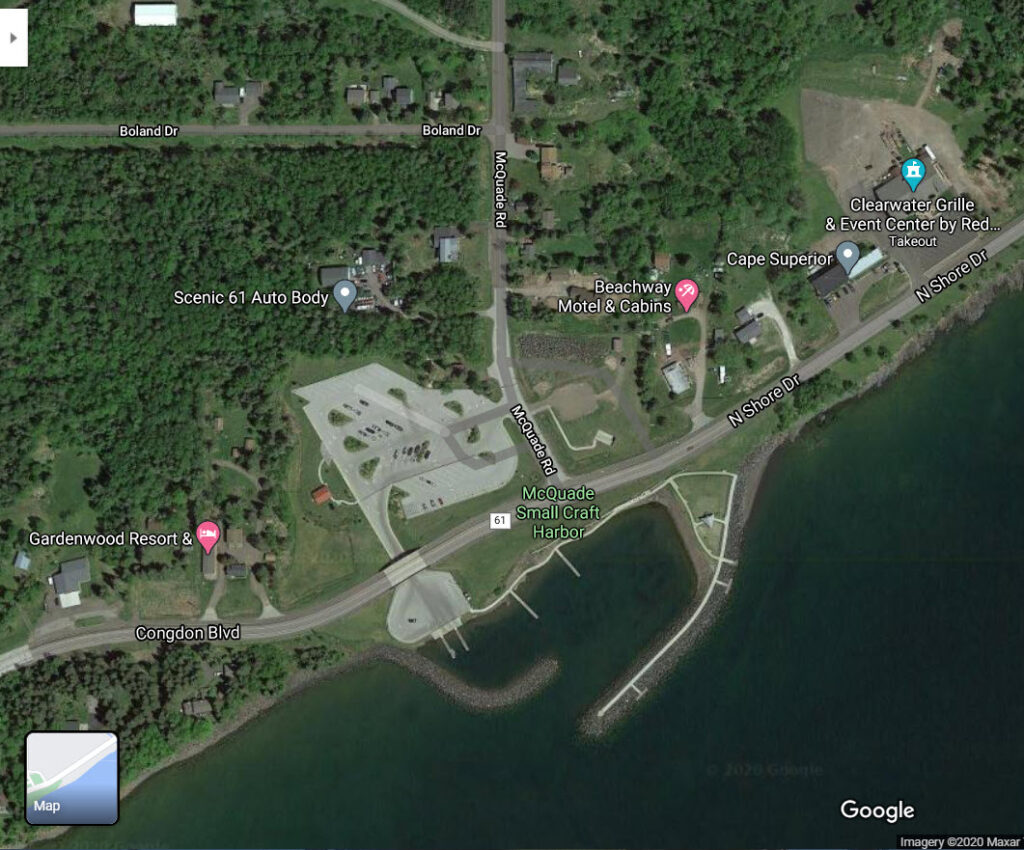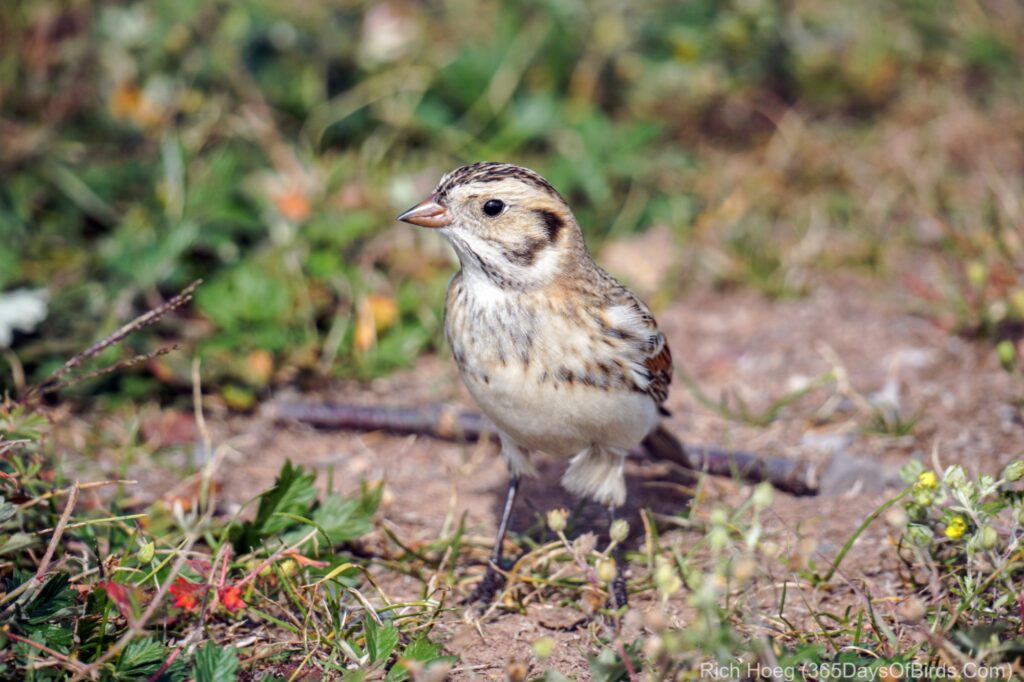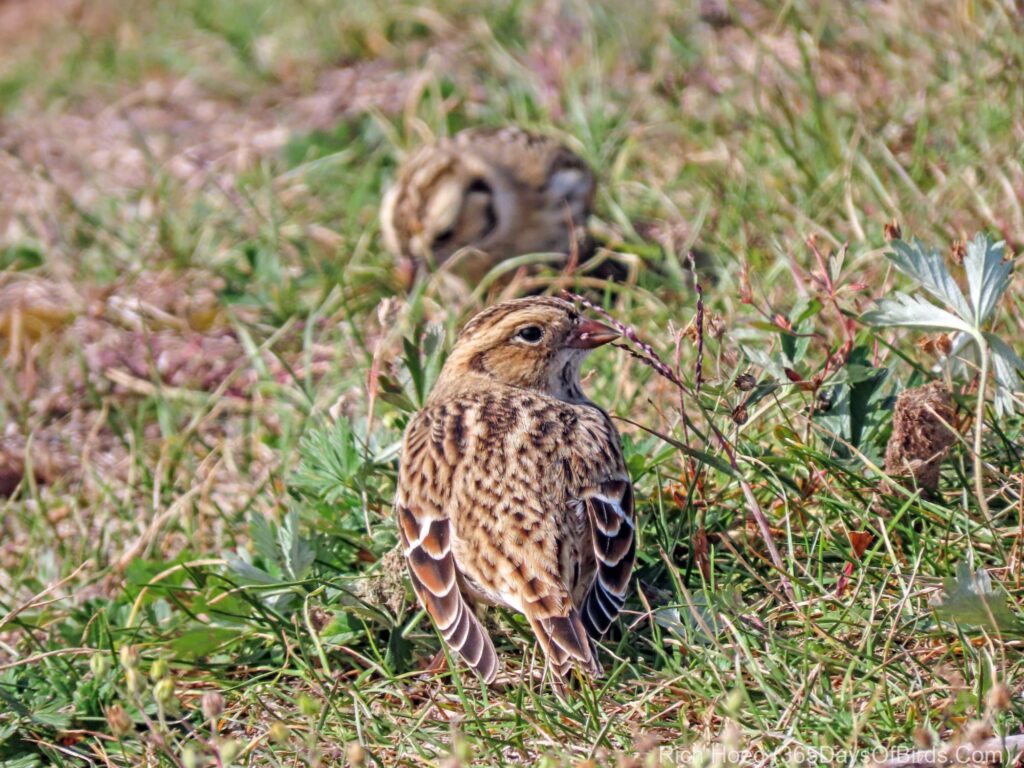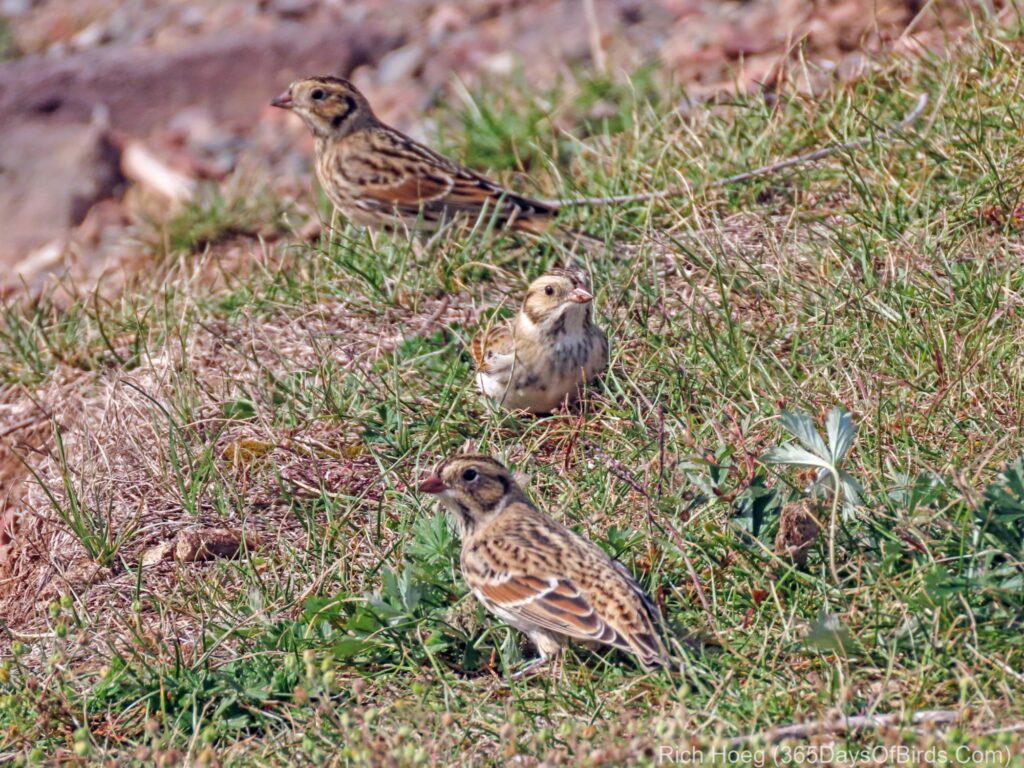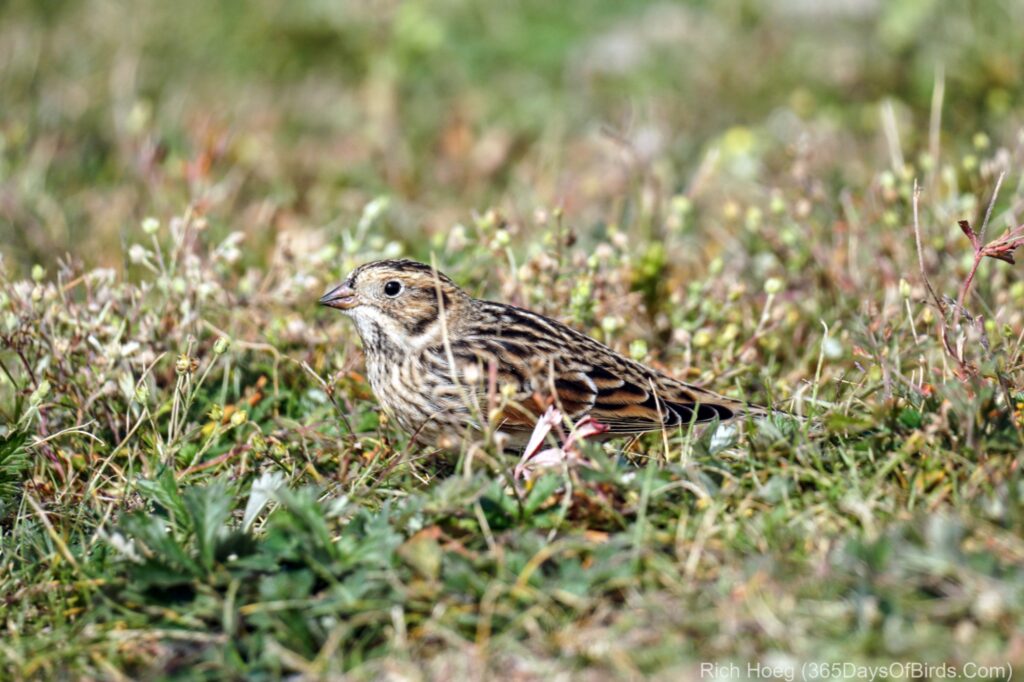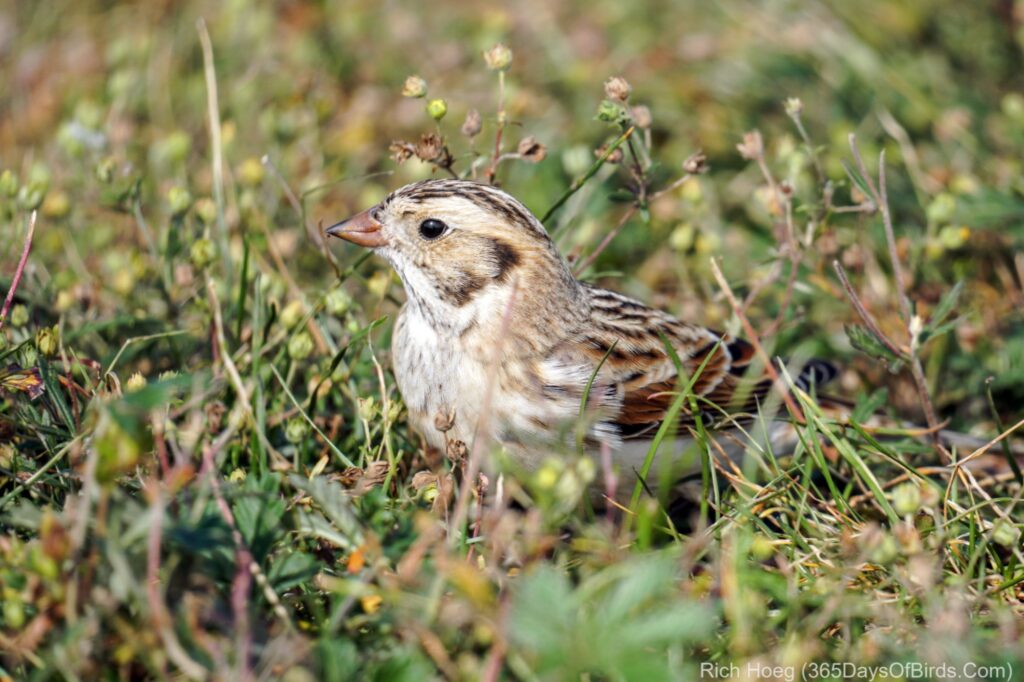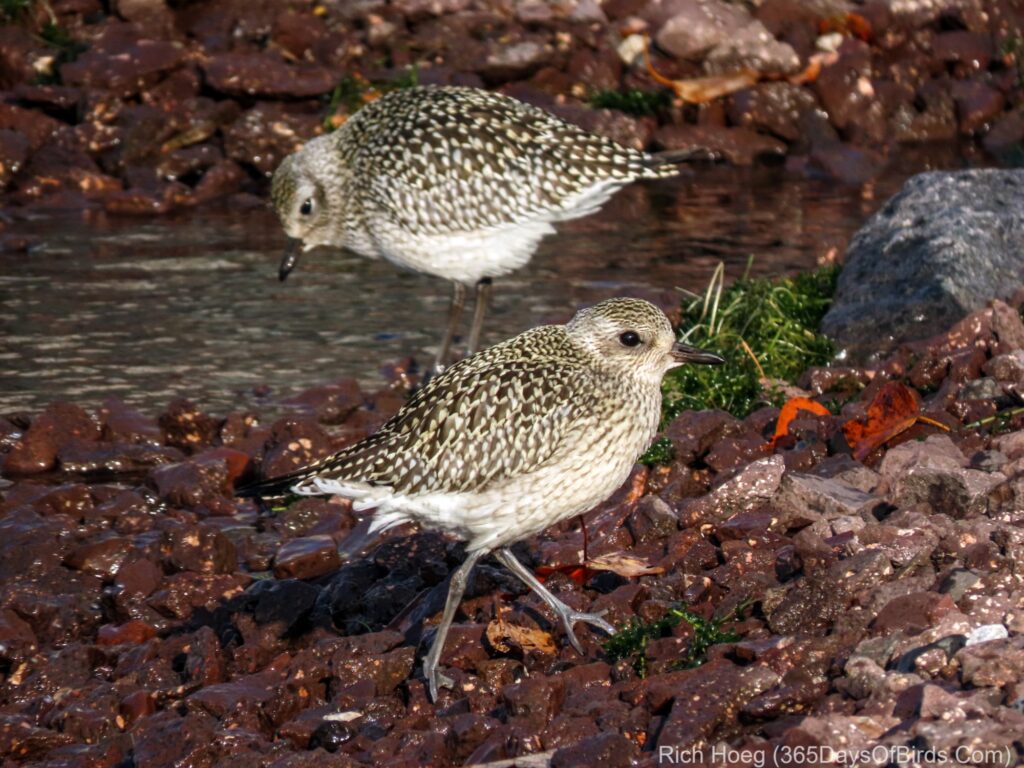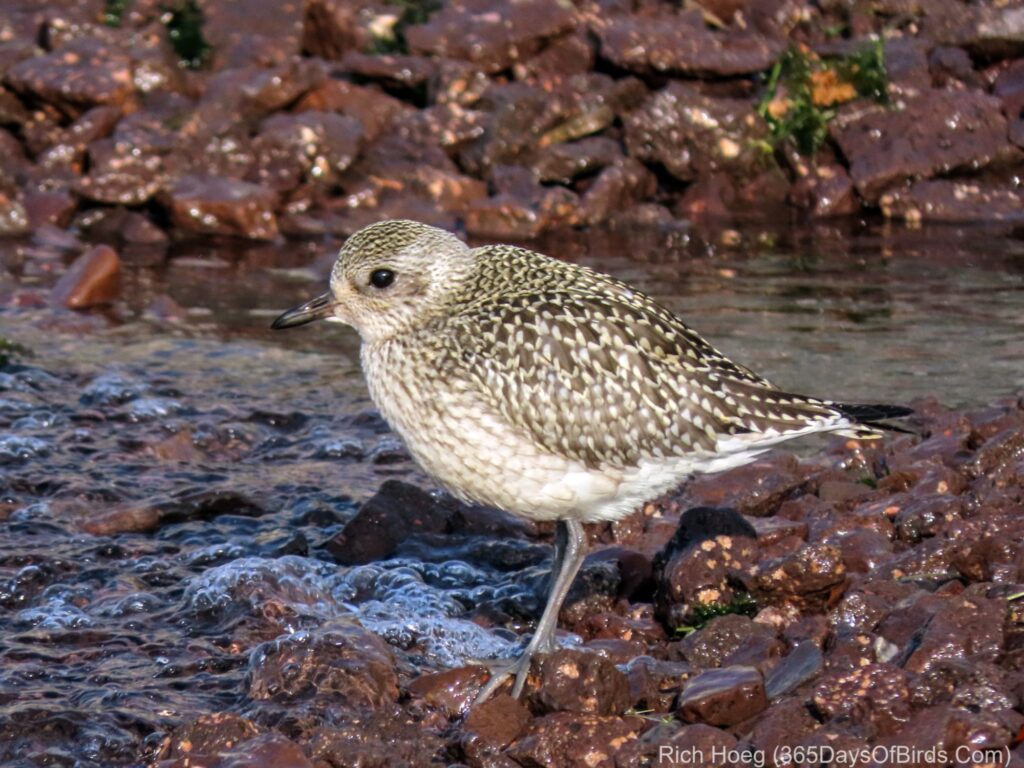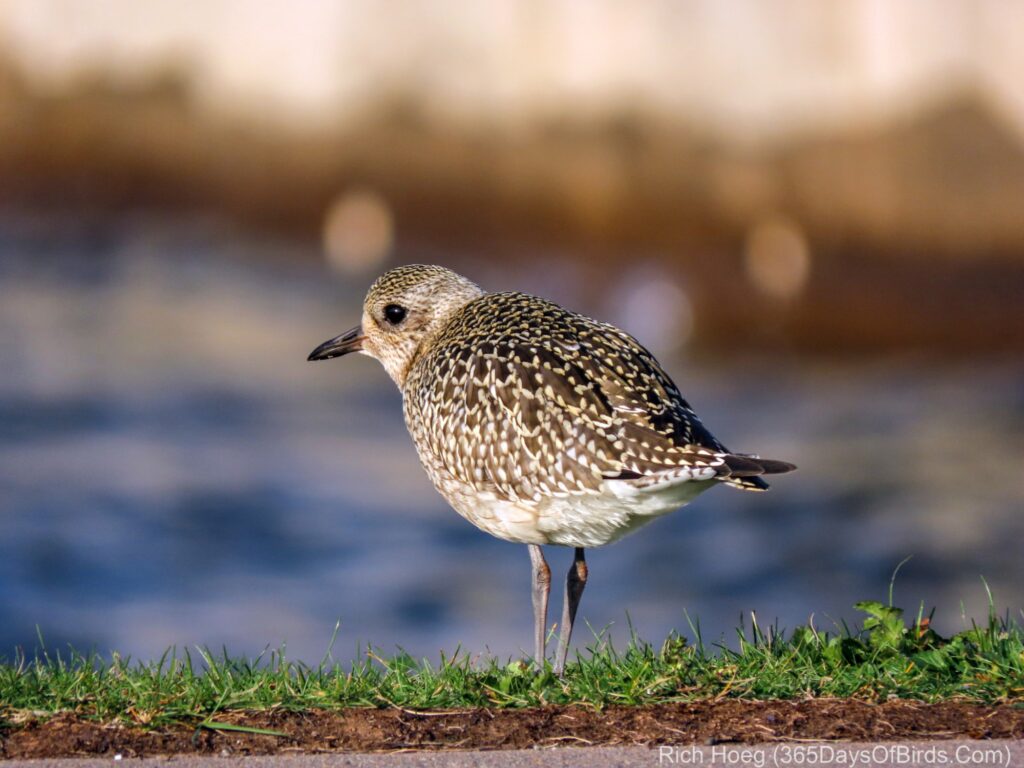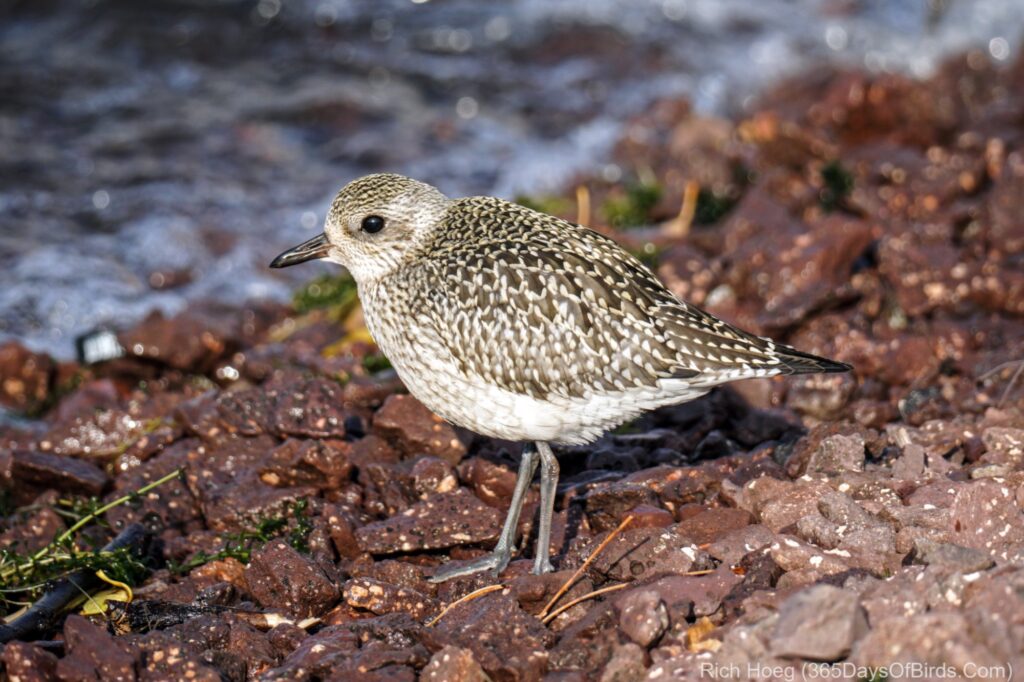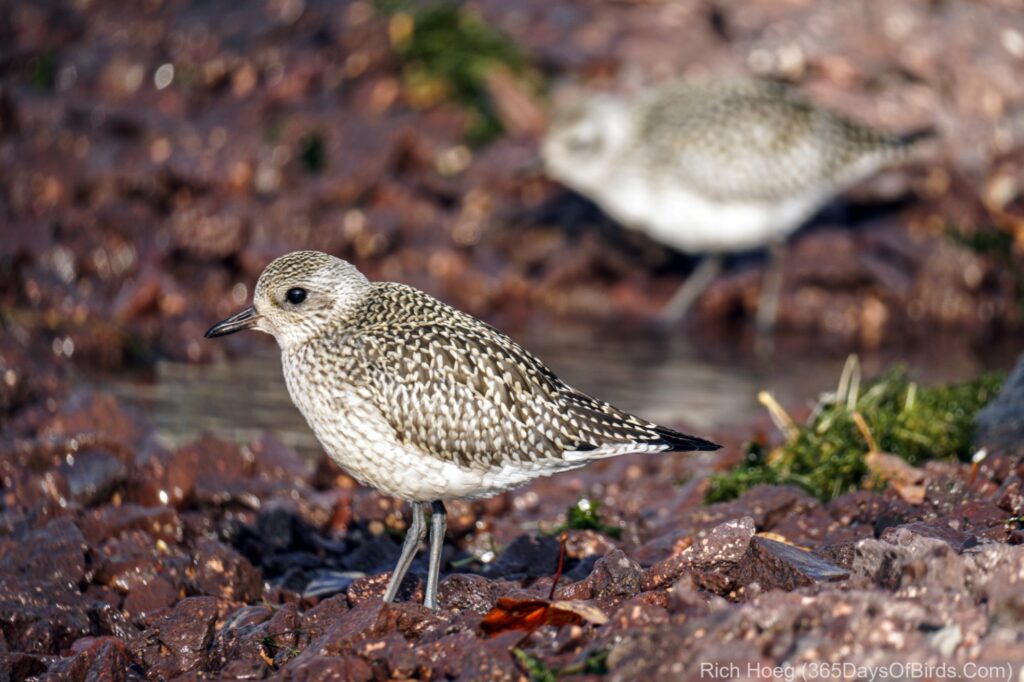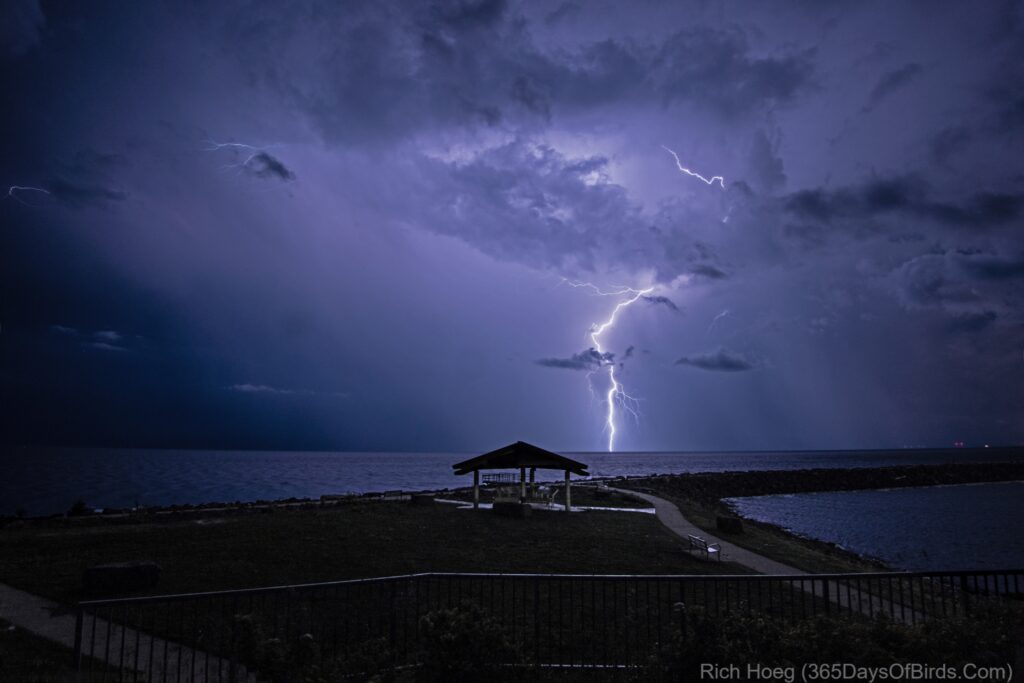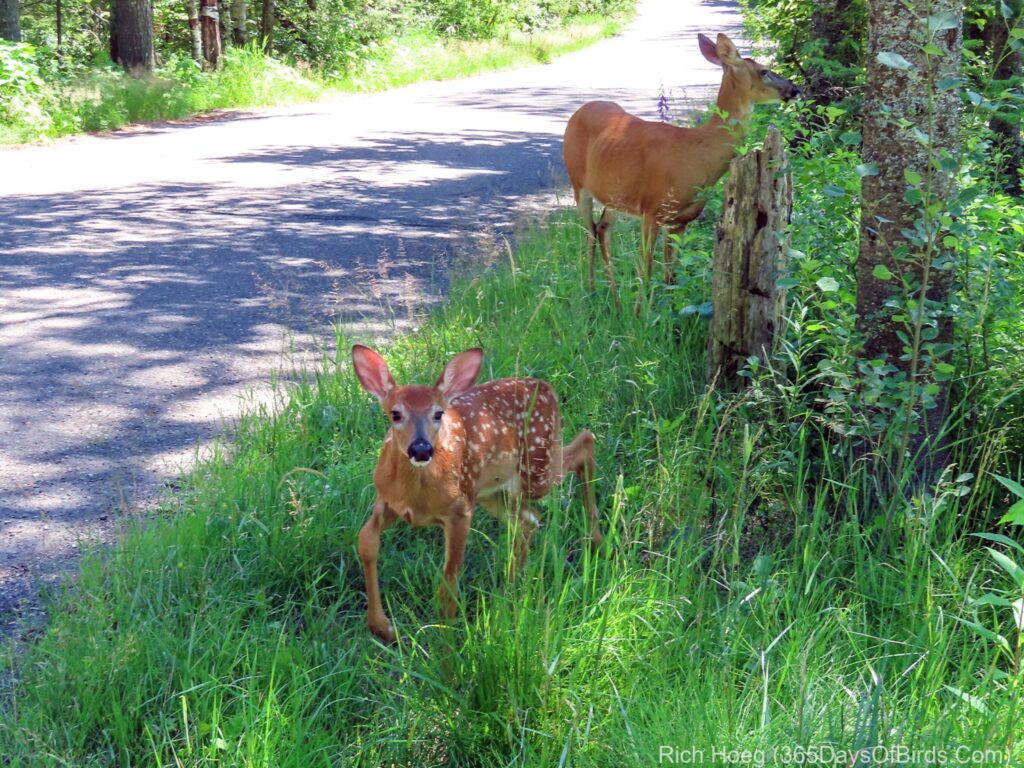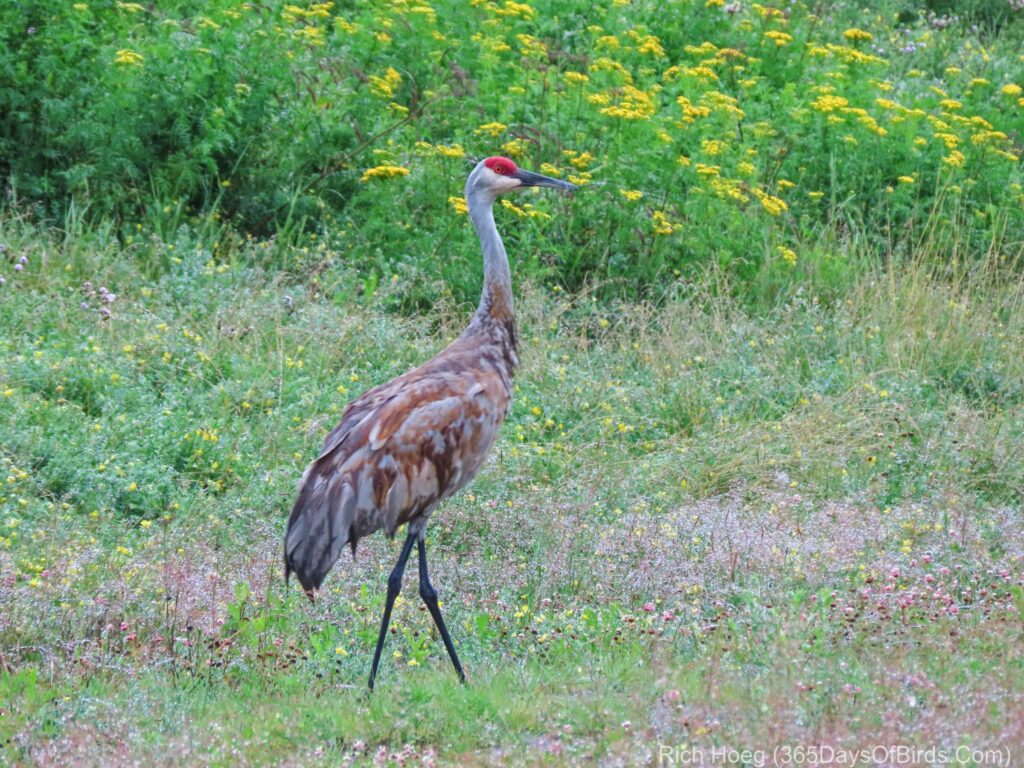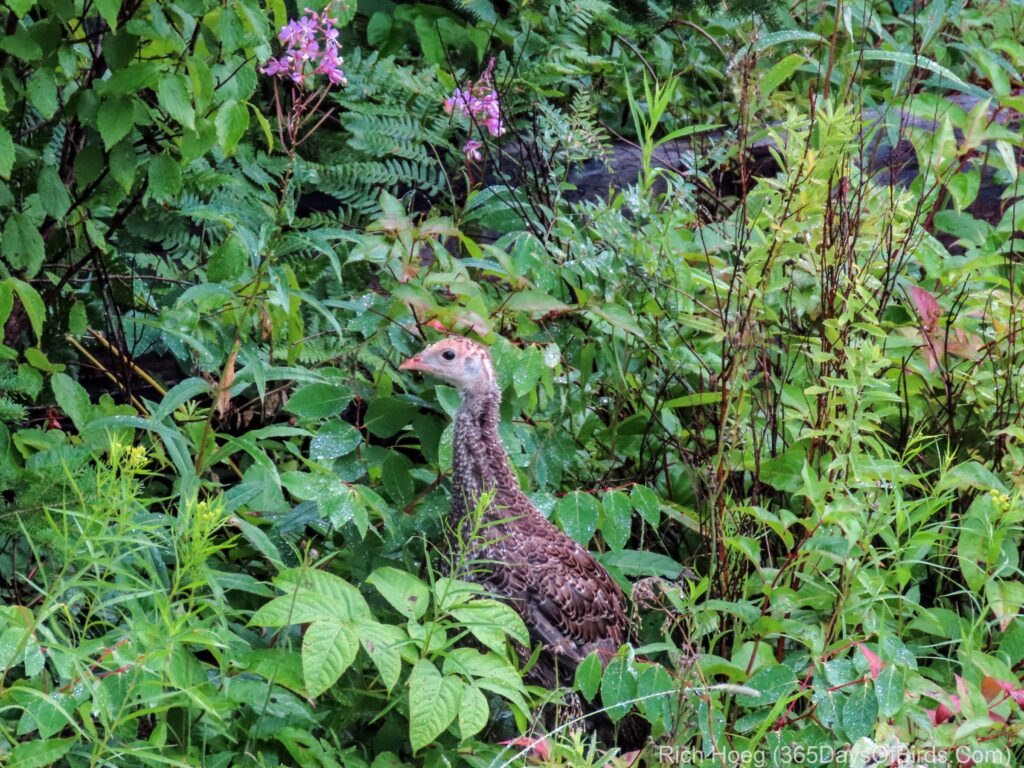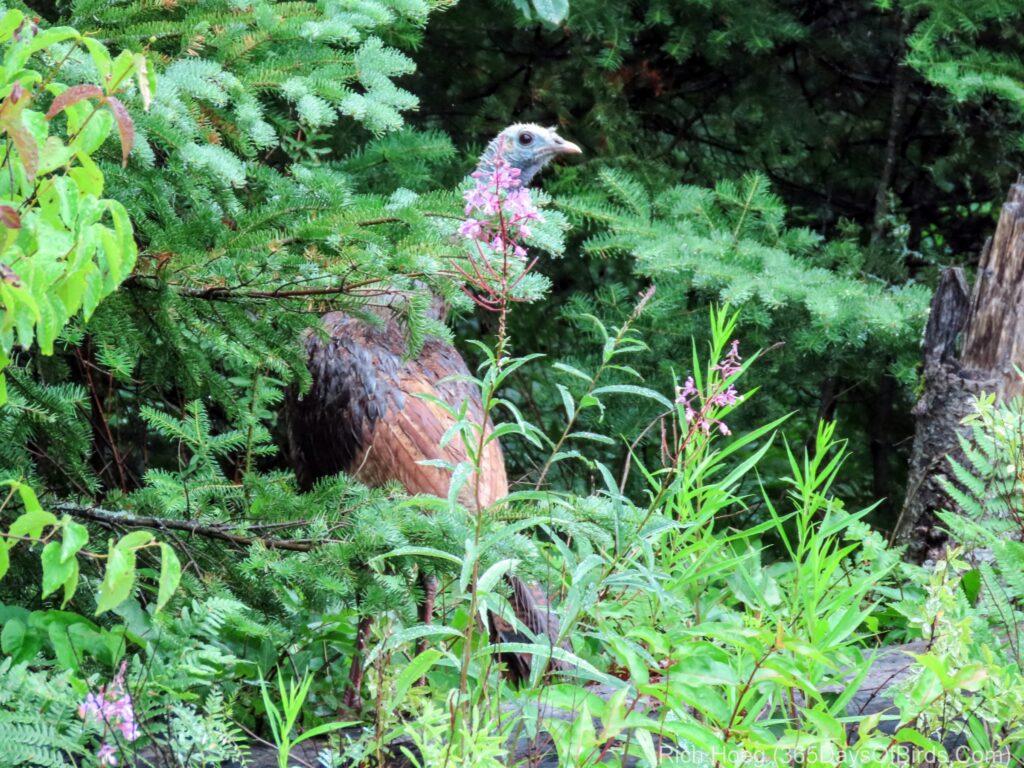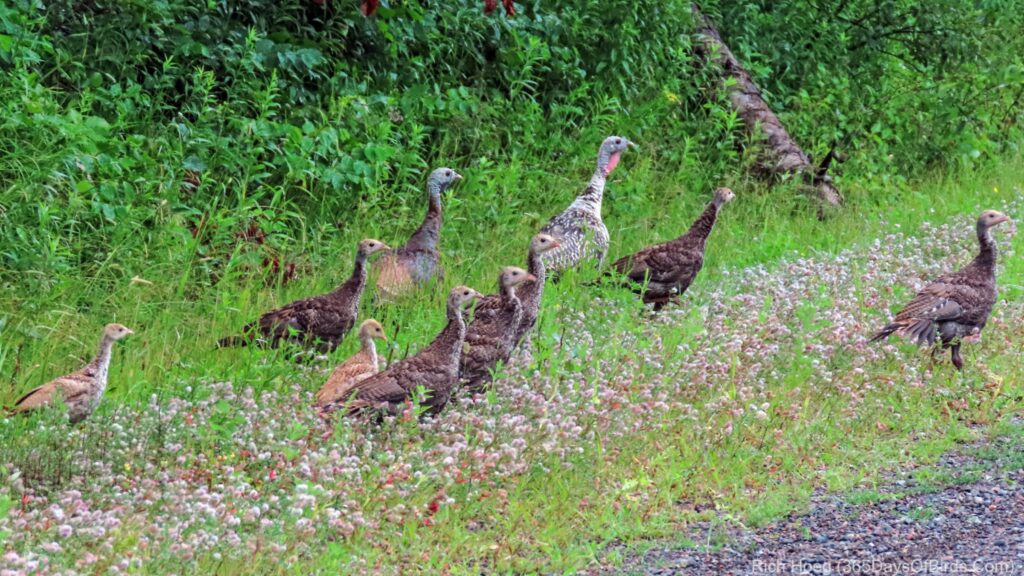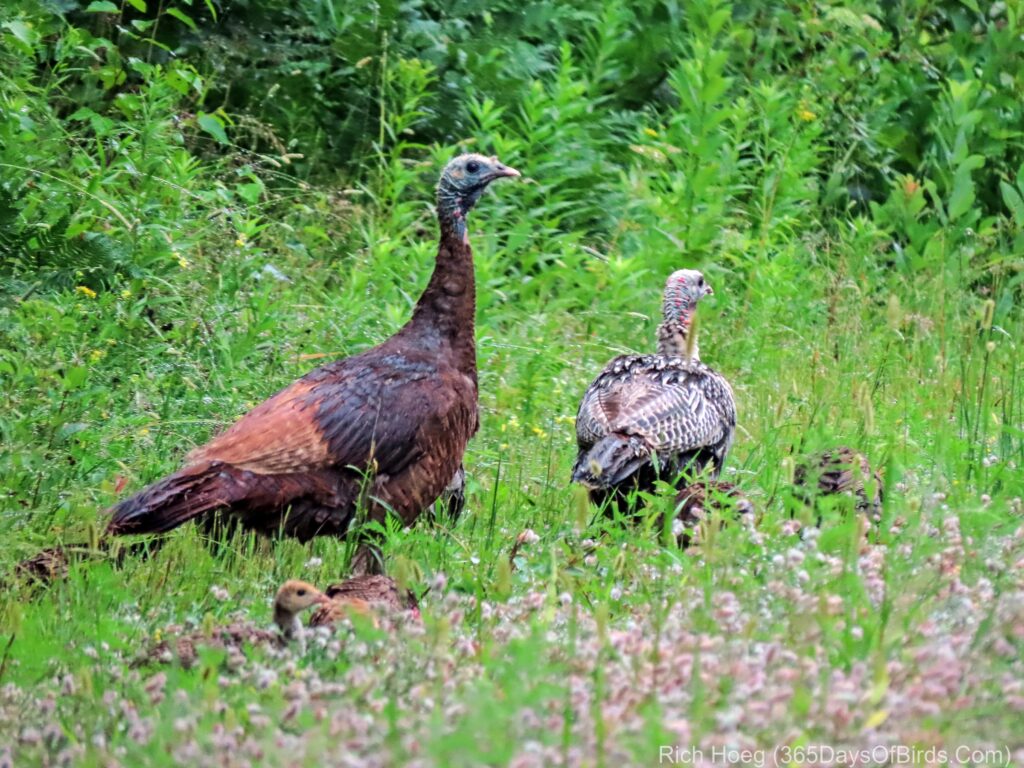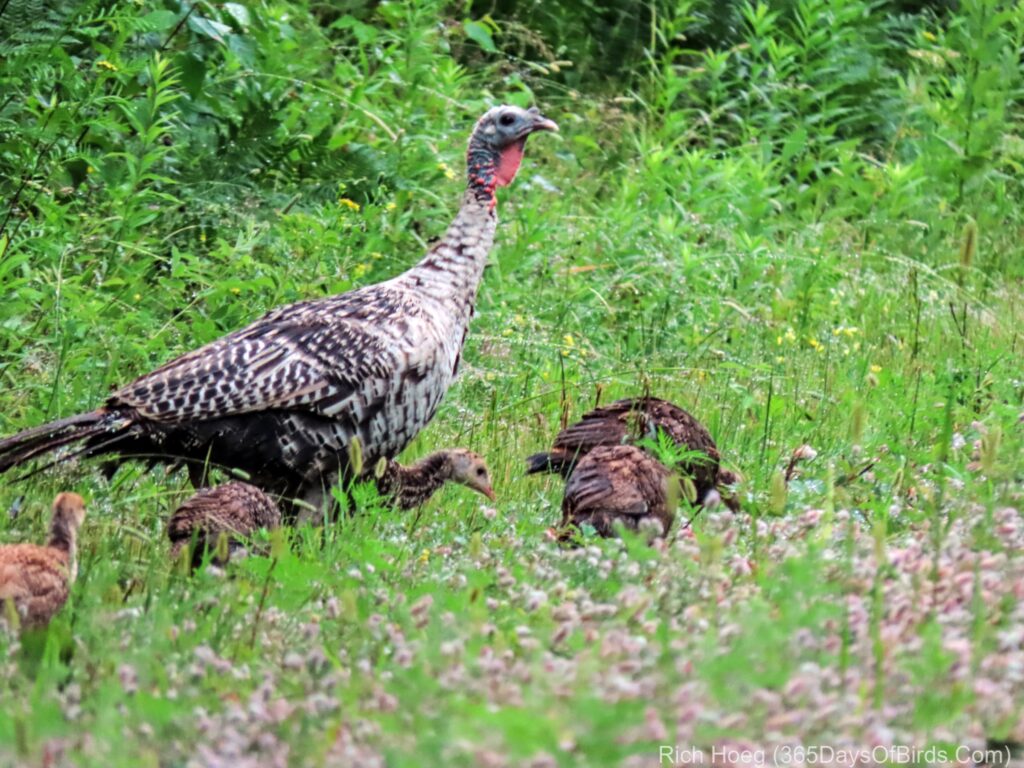There have been very strong winds out of the Northwest the past two days which sets up the Lake Superior Migration Highway (see post Northern Minnesota Tundra). Thus McQuade Harbor (a large public boat launch area, not a real harbor) has been full of birds. I have seen flocks of Juncos, Sparrows (many kinds), Lapland Longspurs, Horned Larks, Yellow-Rumped Warblers, Northern Flickers and other individual birds. In addition, Merlins have been very much in evidence. These Boreal forest falcons follow the migration and consider these migration flocks “take-out” dining for Merlins!
One of my favorite birds at this time of year are Horned Larks, and it is the only time of the year I get to see them. This bird loves open spaces, not my northern Minnesota forest. Horned Larks nest to my north, east, south and west. Inspect this range map from the Cornell School of Ornithology.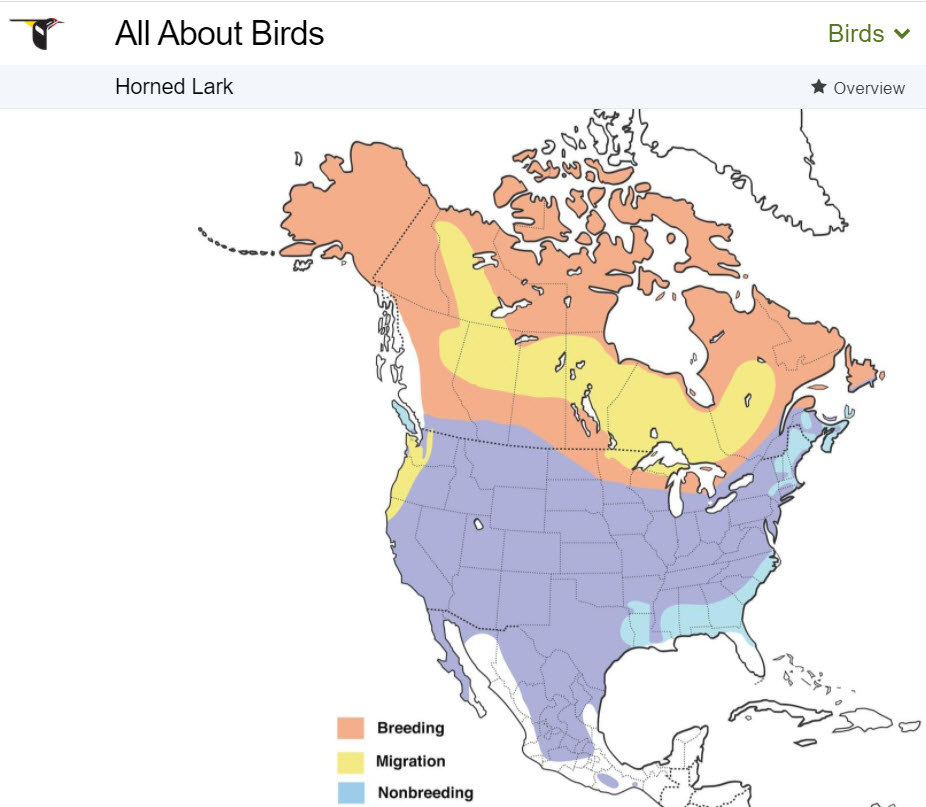
And my Horned Lark Photographs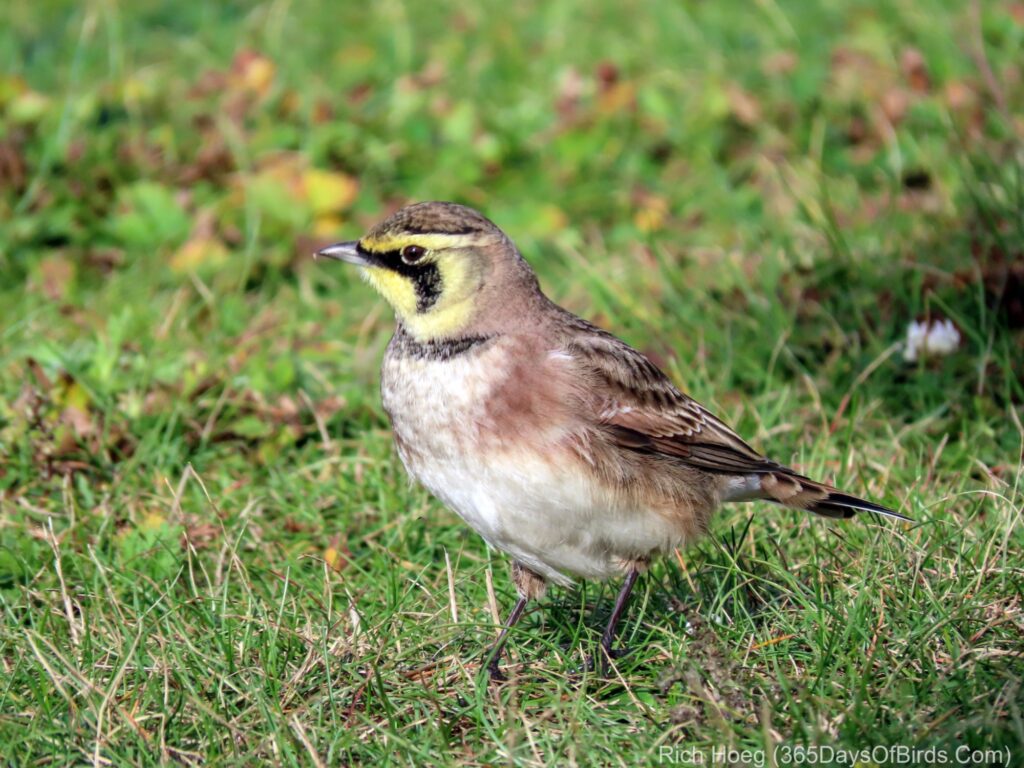
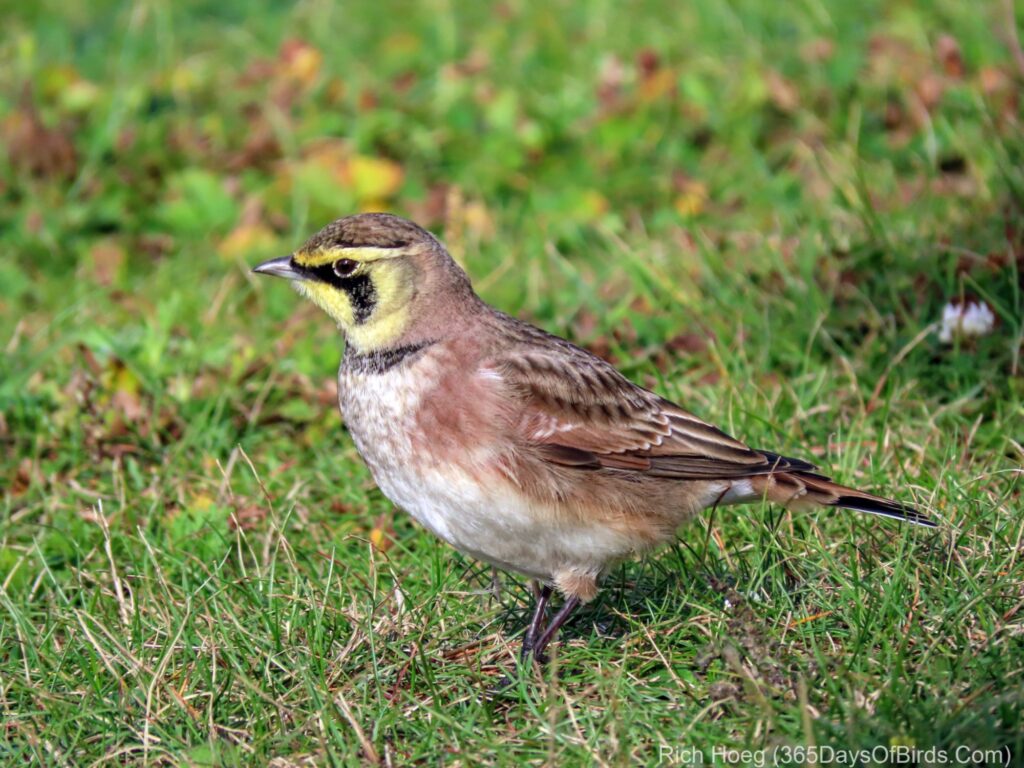
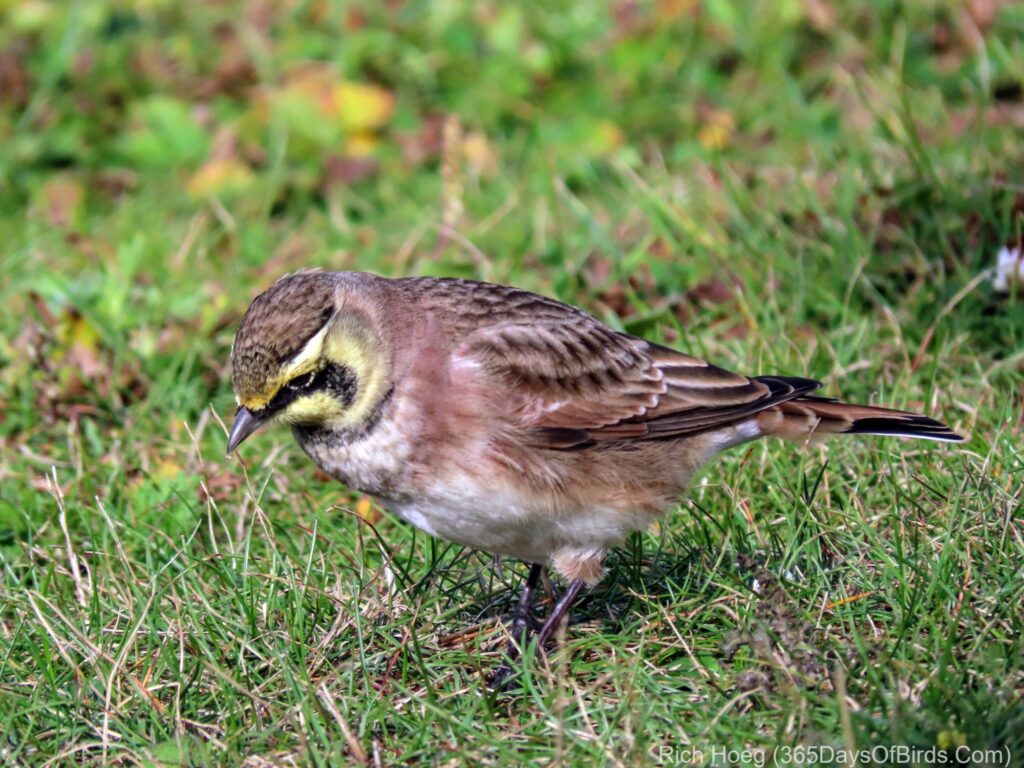
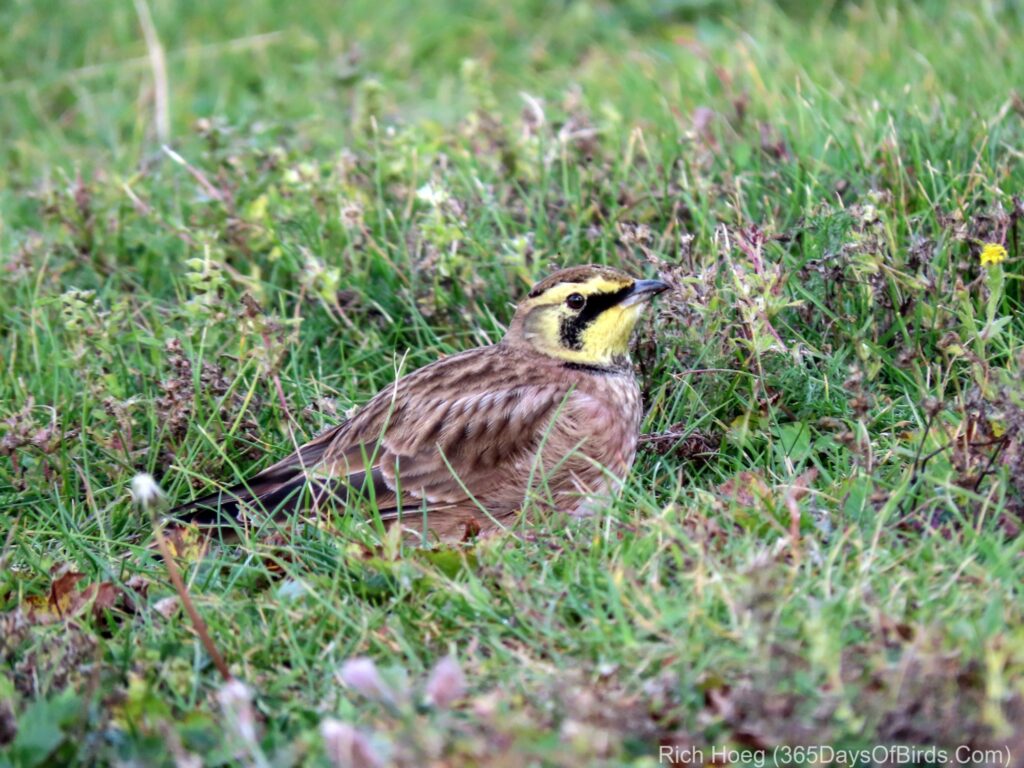
This American Golden Plover is late … it belongs much further south at this point in the year.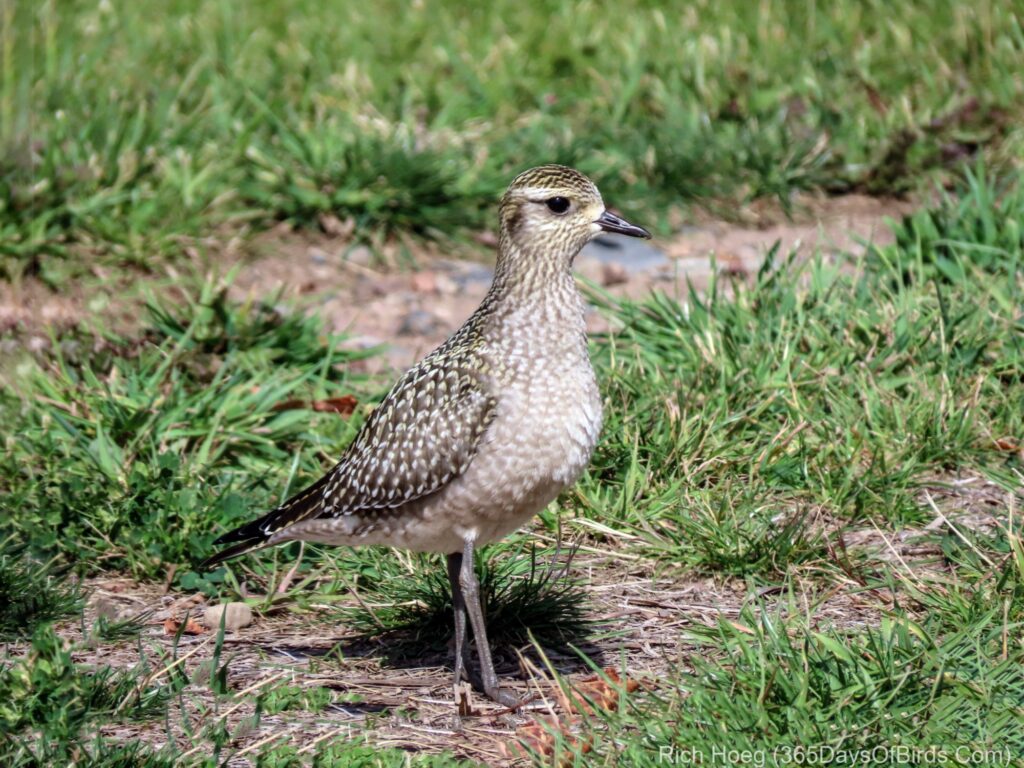
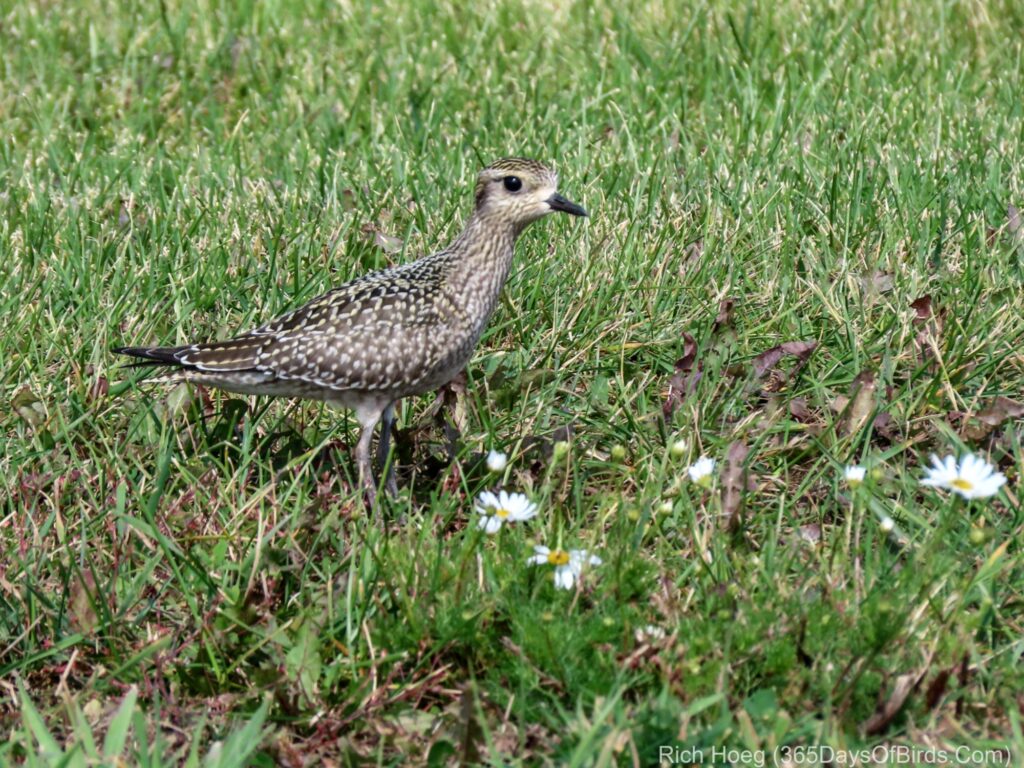
Finally … a Lapland Longspur and Northern Flicker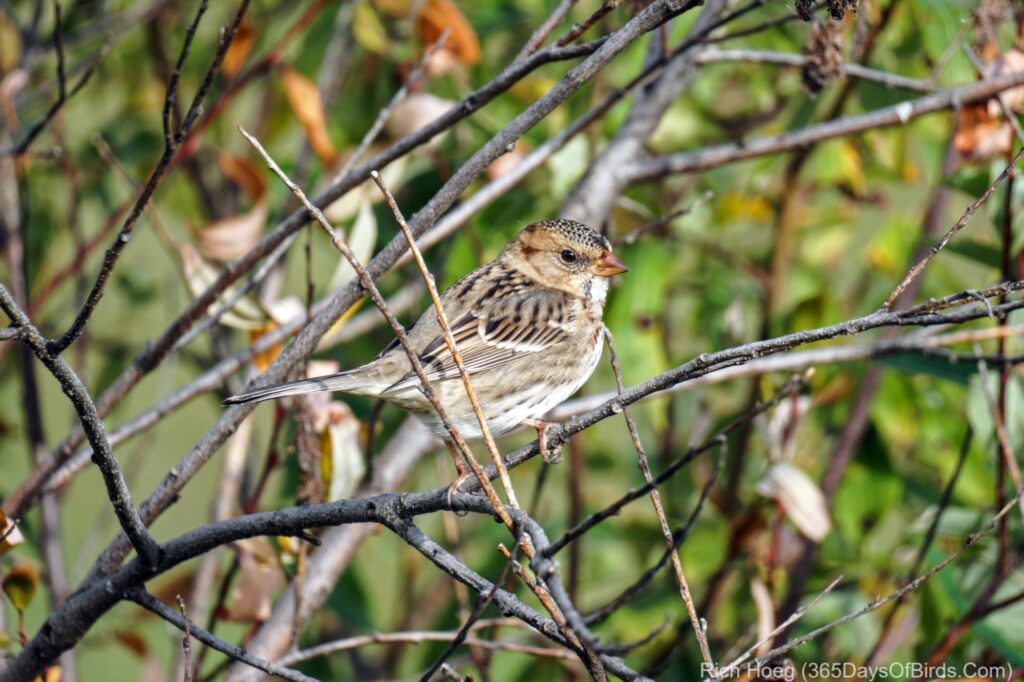
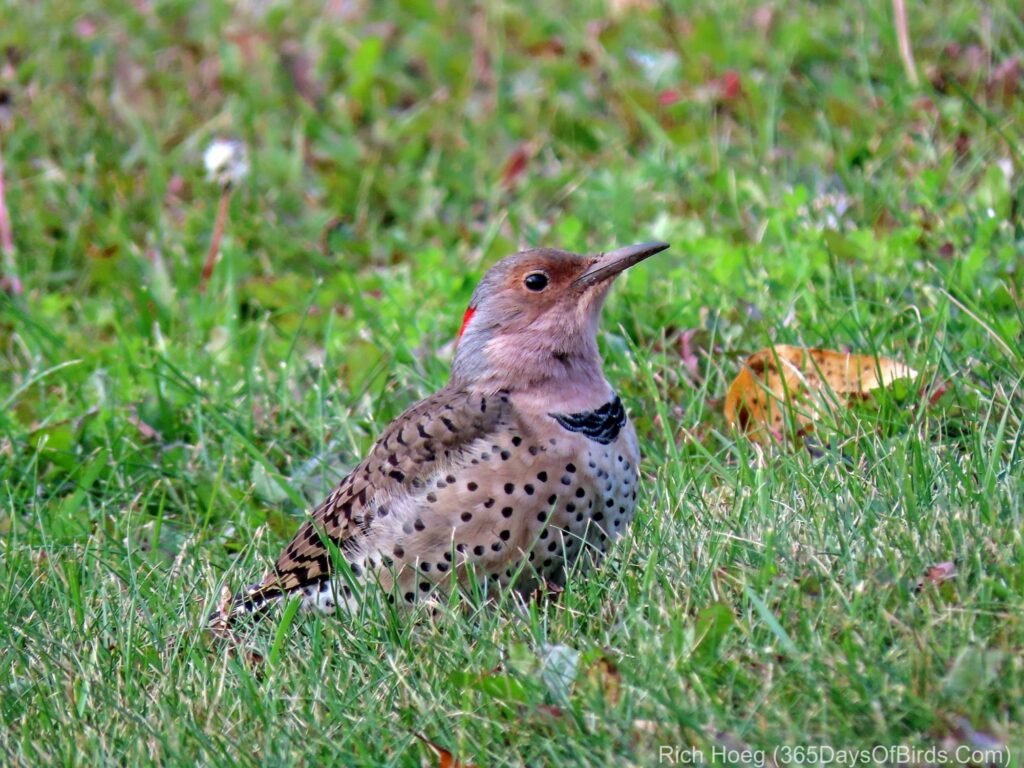
It is worth noting the songbird migration except for my Arctic and northern tundra friends is now essentially over. My big question over the next month as the Snow Buntings and Slate Colored Juncos start to appear, will we have Redpolls and Pine Grosbreaks this winter? Will the northern owls pay us a visit in large numbers, particularly Snowies. Stay tuned over the next two months as I answer those questions. The migrants I am seeing now do not winter in northern Minnesota. However, the Arctic and Tundra birds (and a few northern Boreal birds) consider my region warm and inviting in the winter … worthy of a December through February “southern” vacation!
On the personal front, I am slowly recovering. Pavement diving off a bicycle is not a good idea. Last night I finally managed to sleep most of the night. Even with pain medication, fractured ribs make sleep difficult, My thanks to everyone who has reached out and expressed concern.
